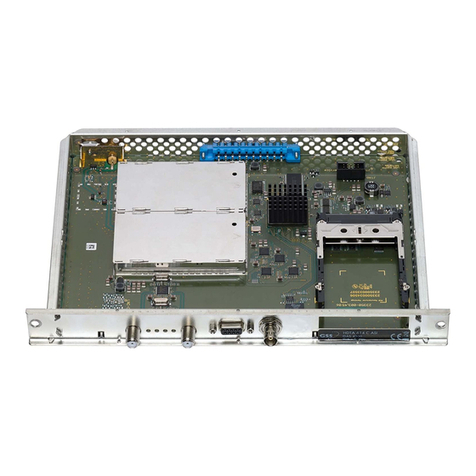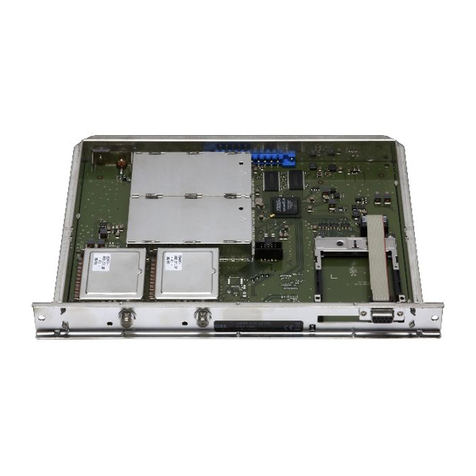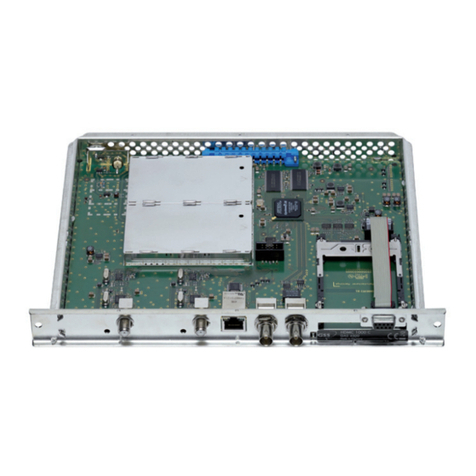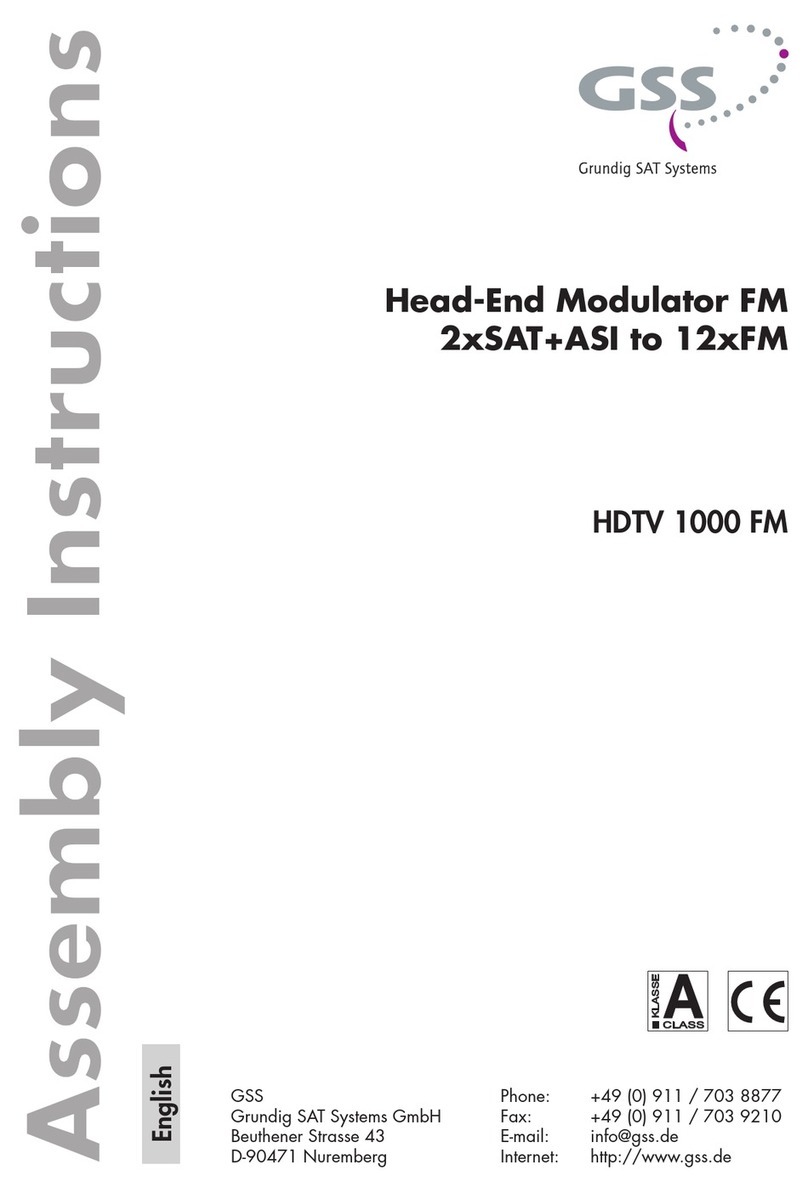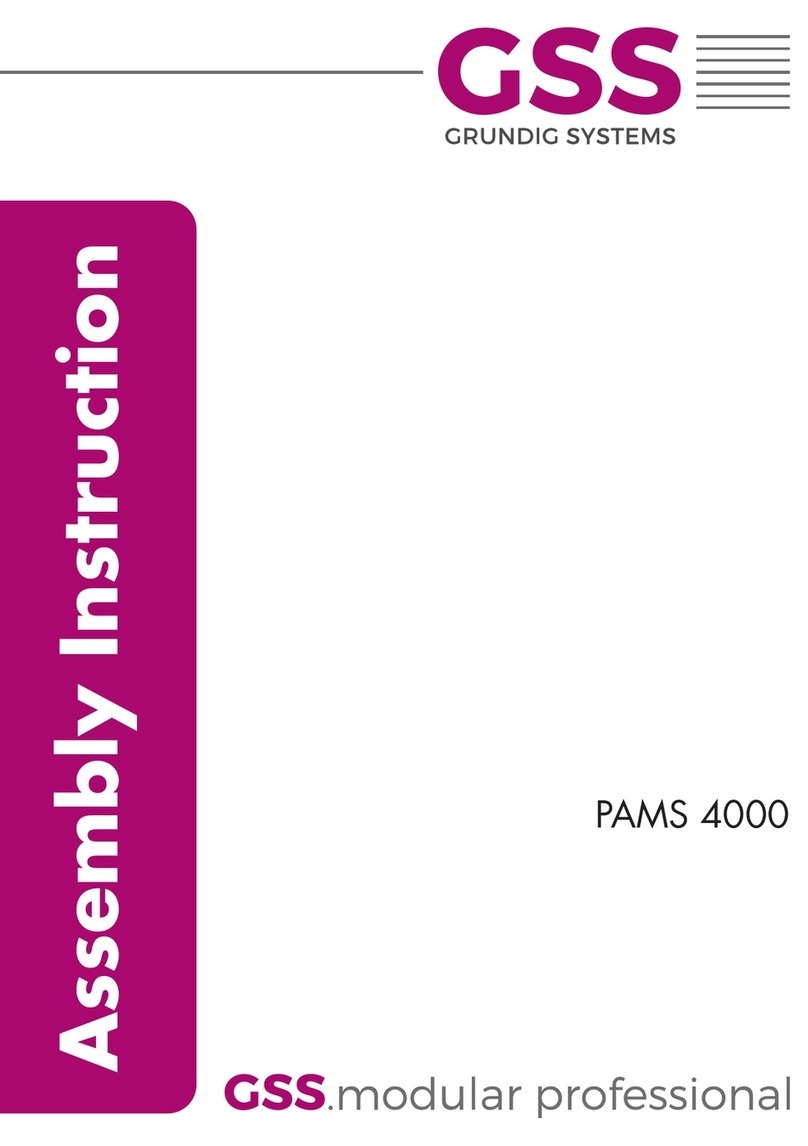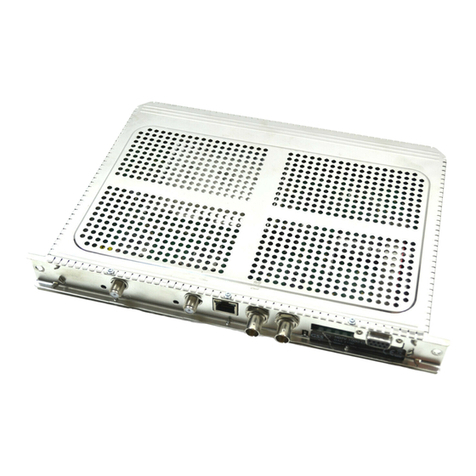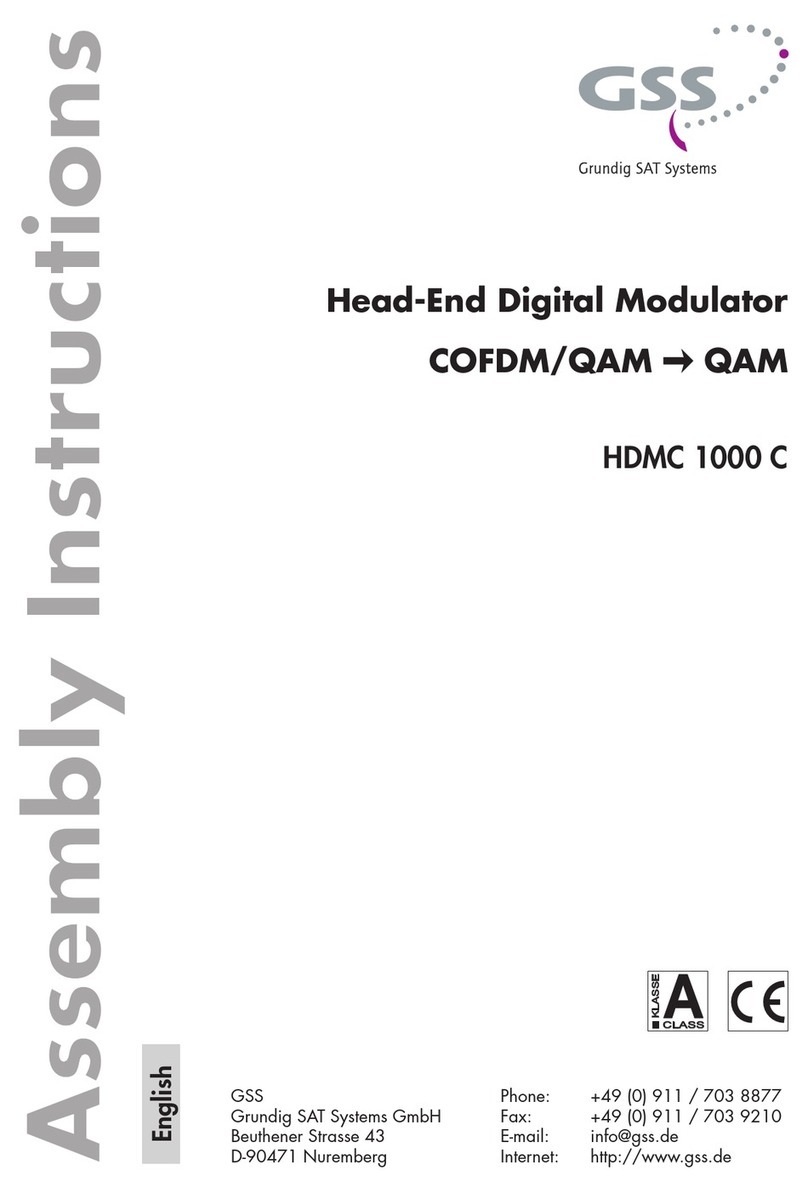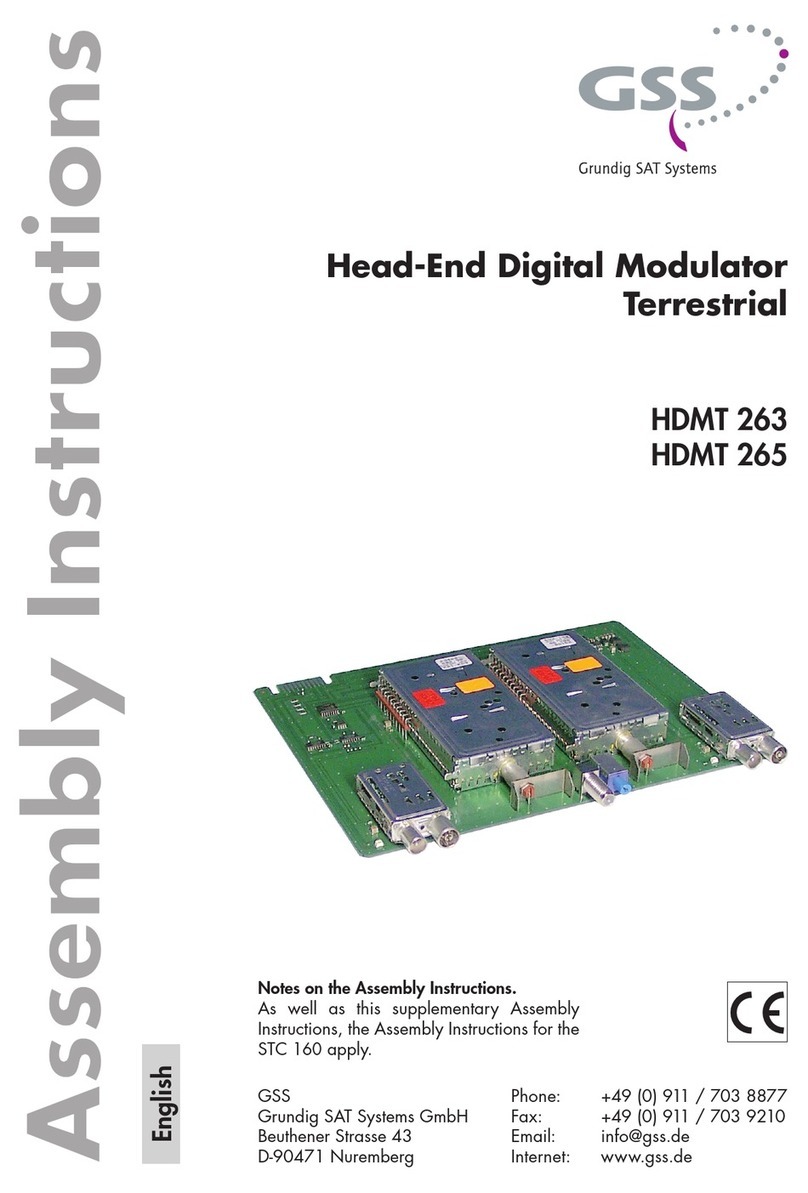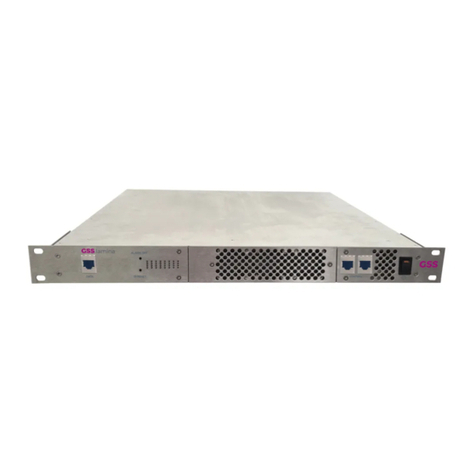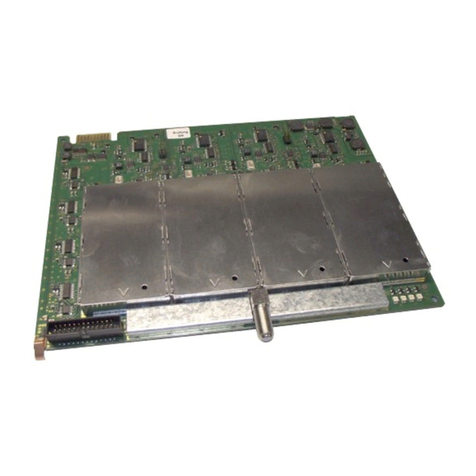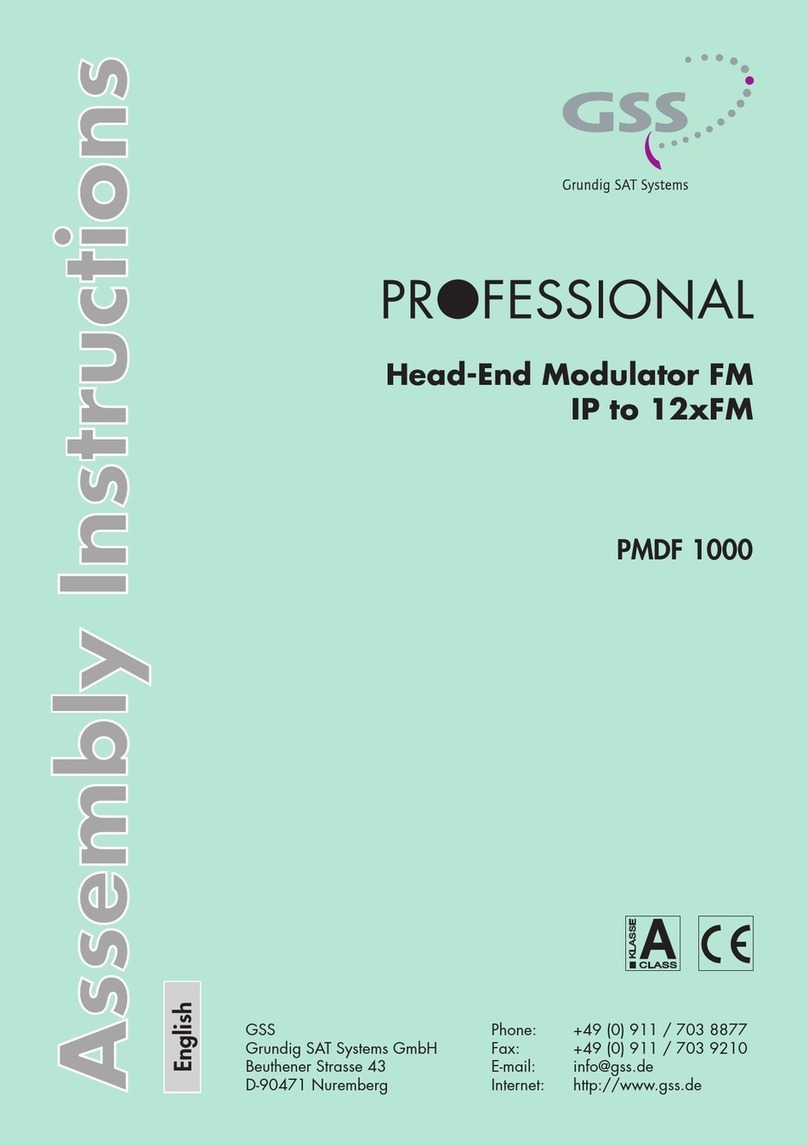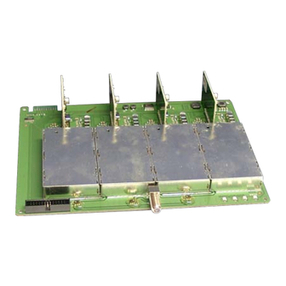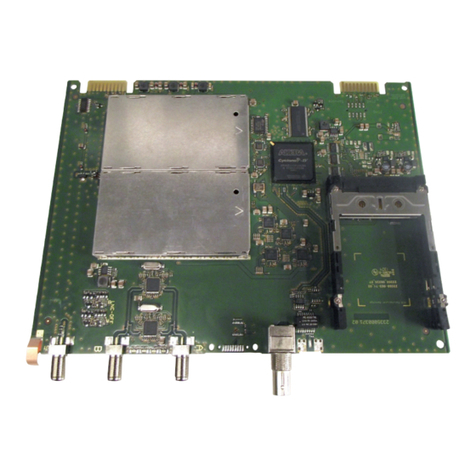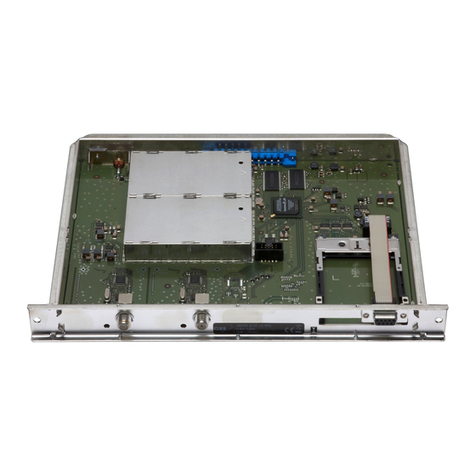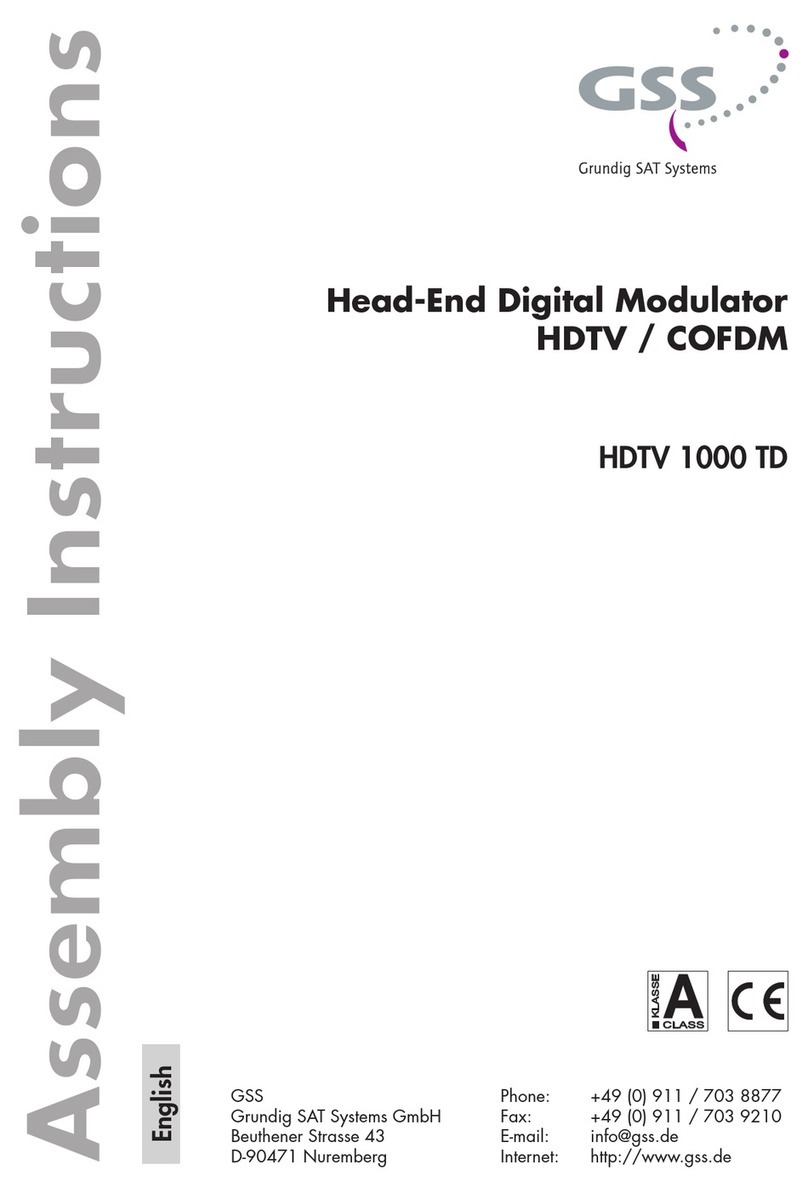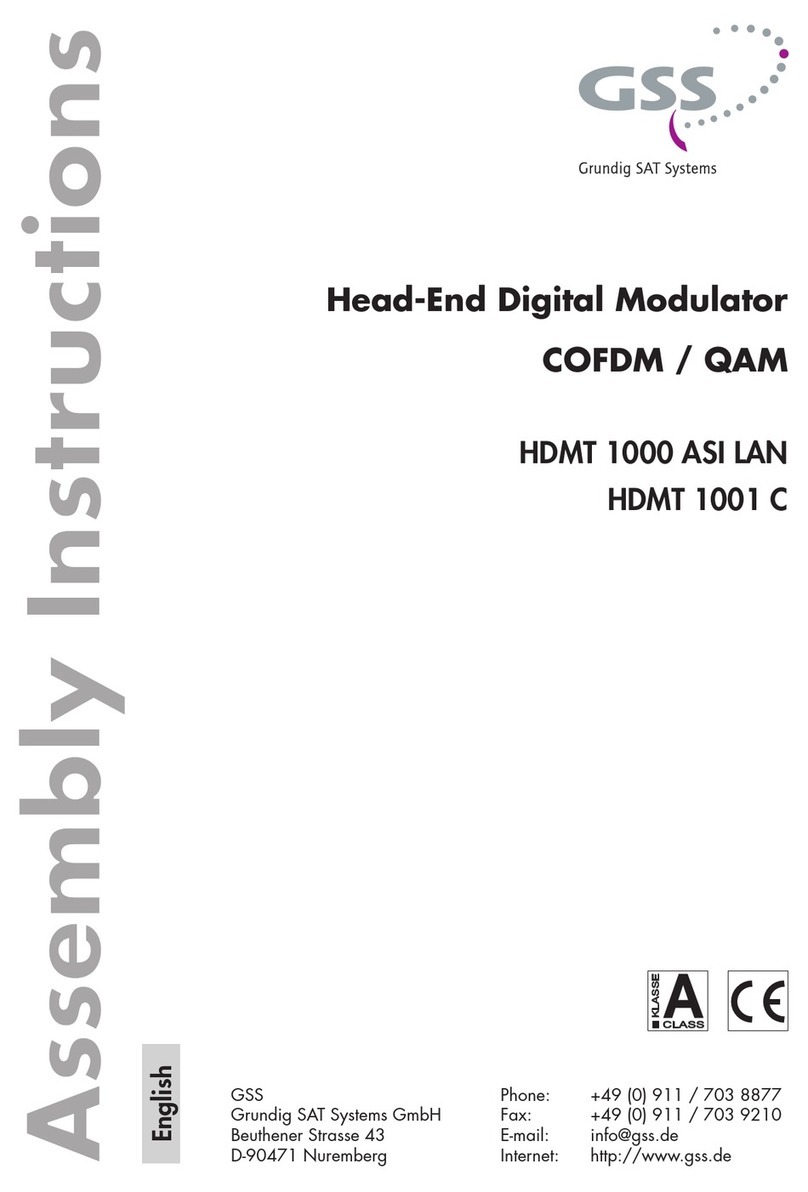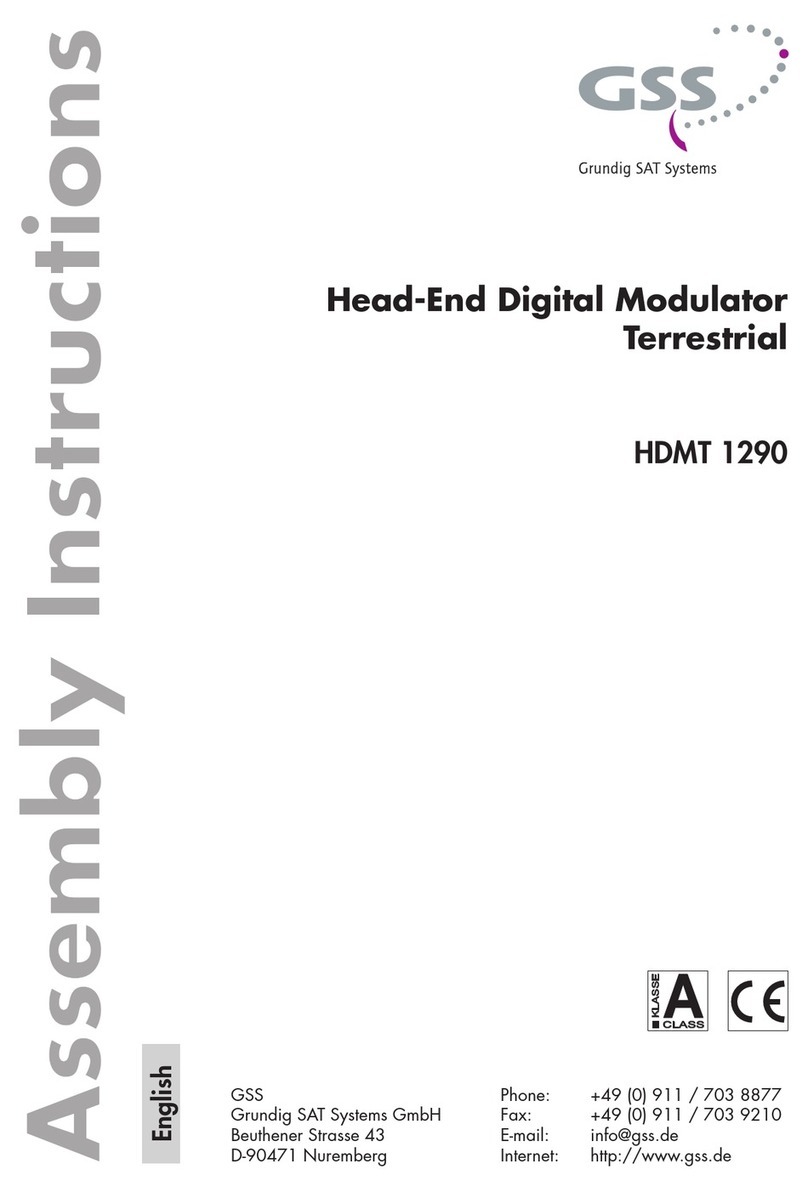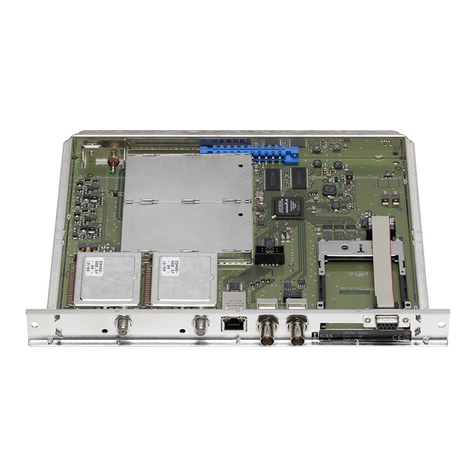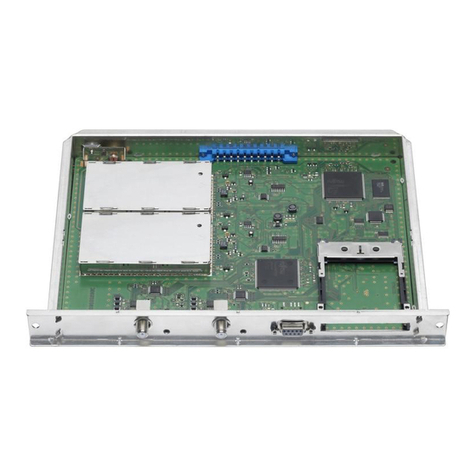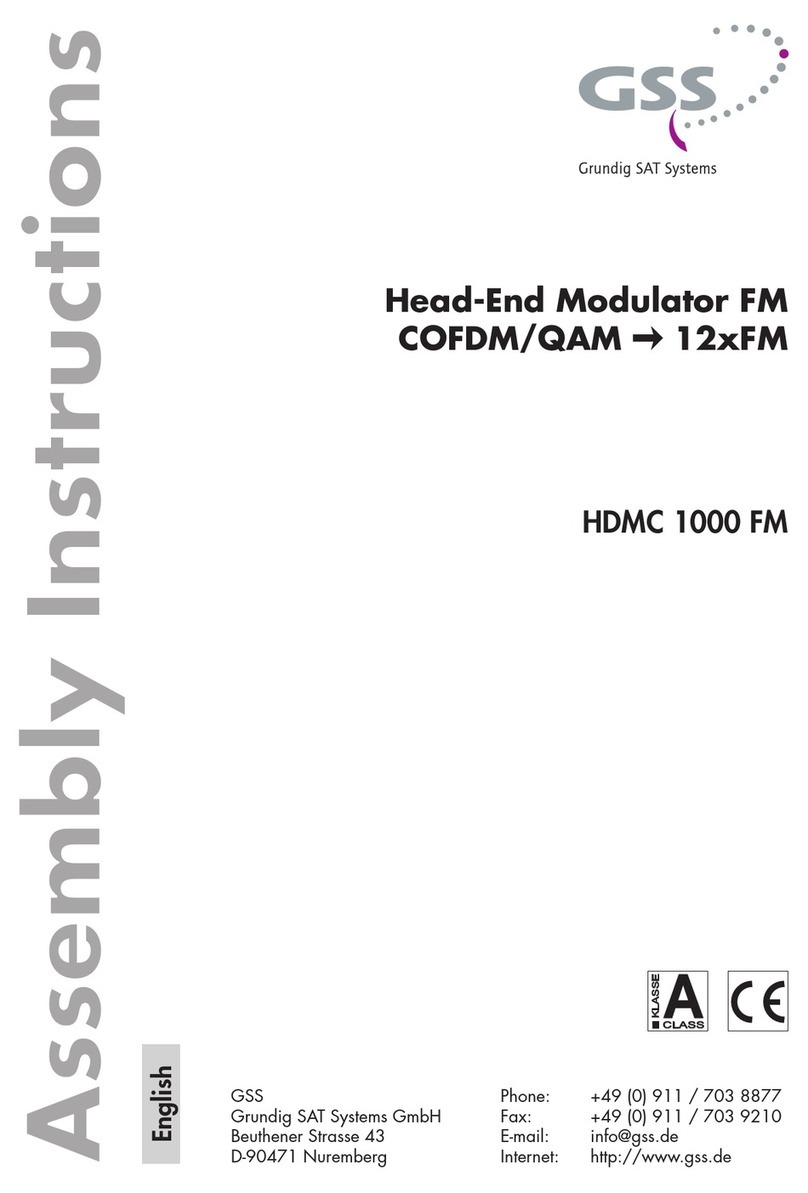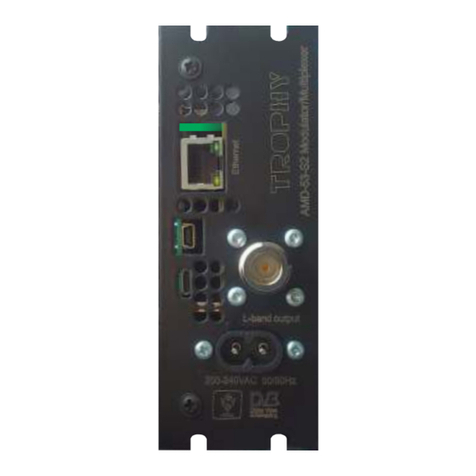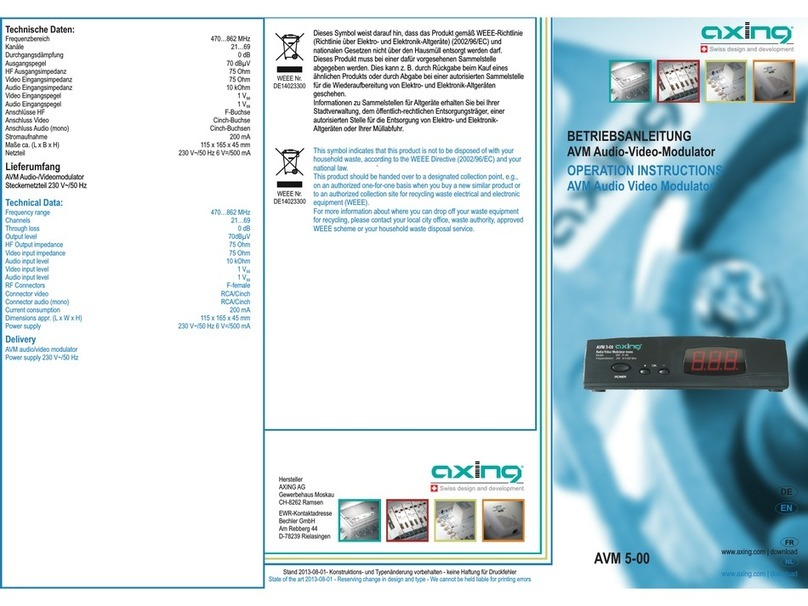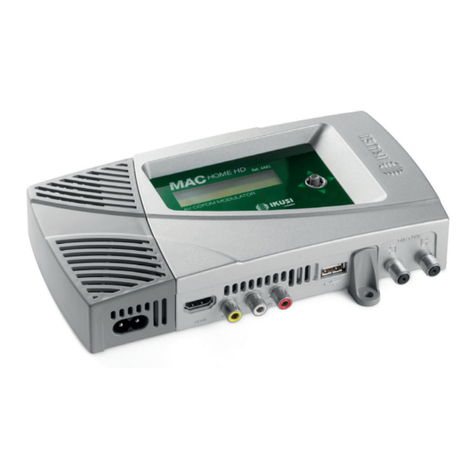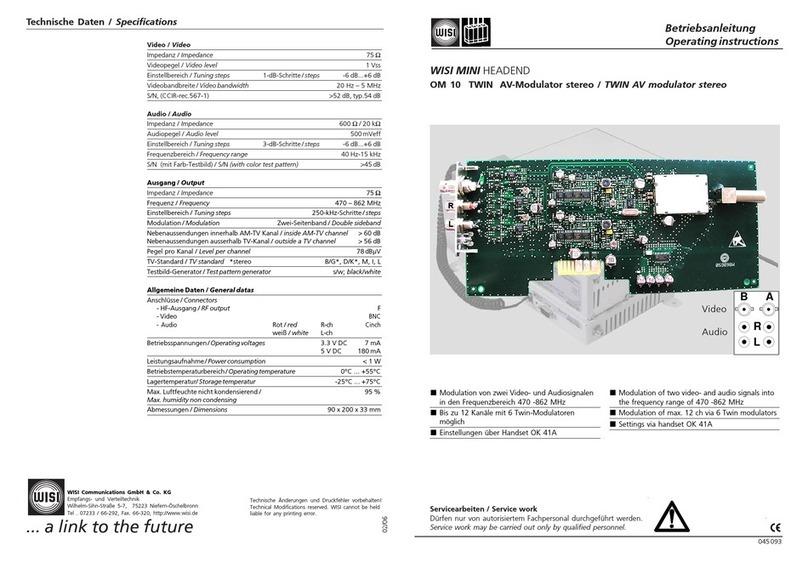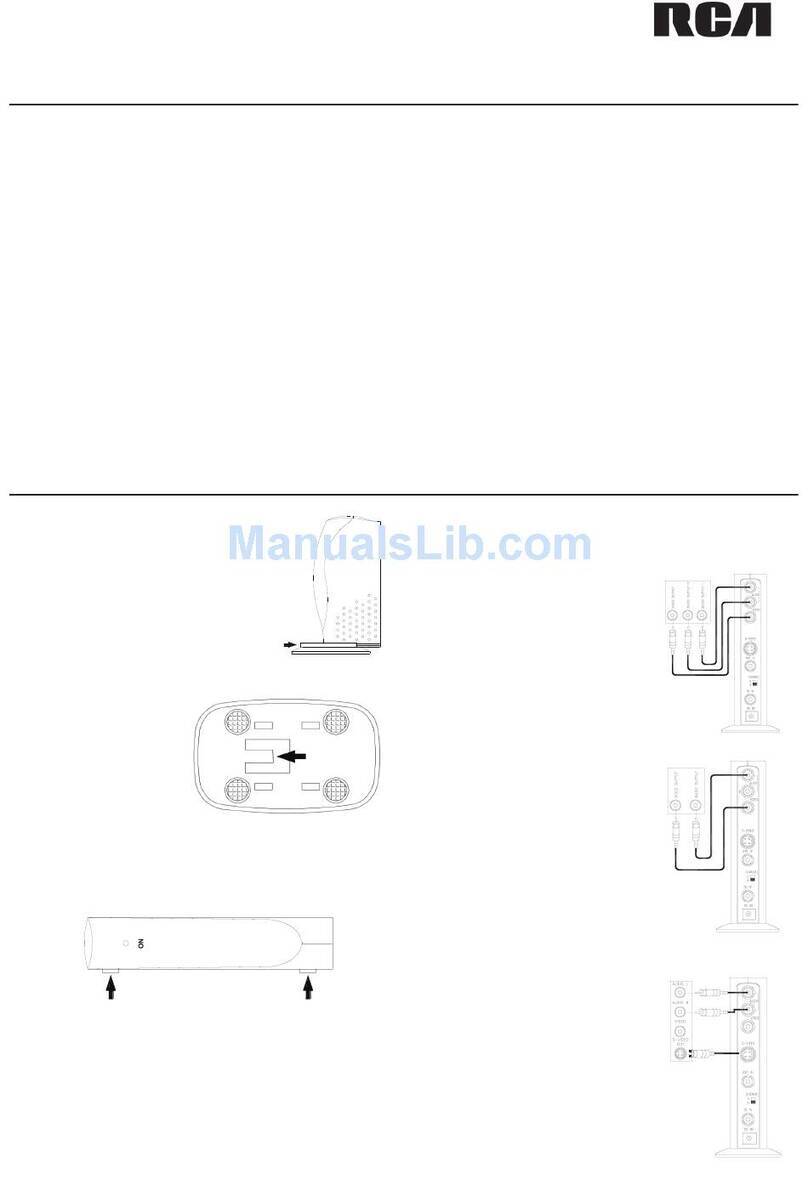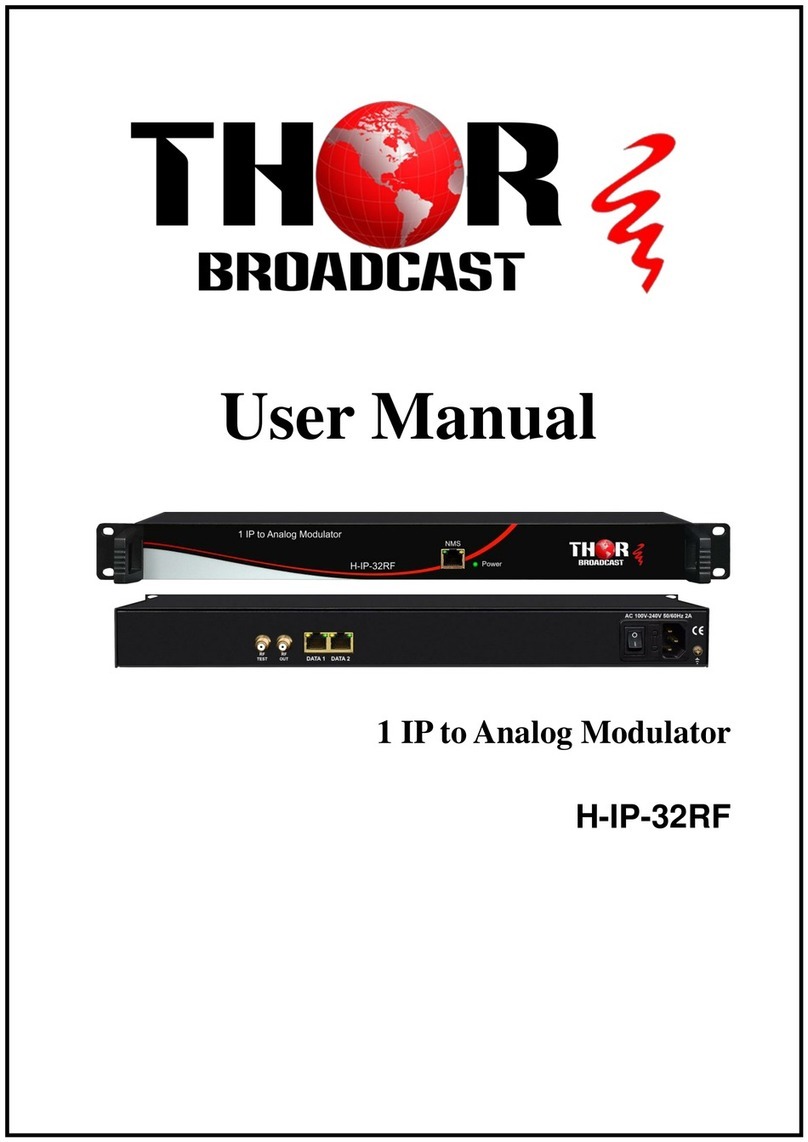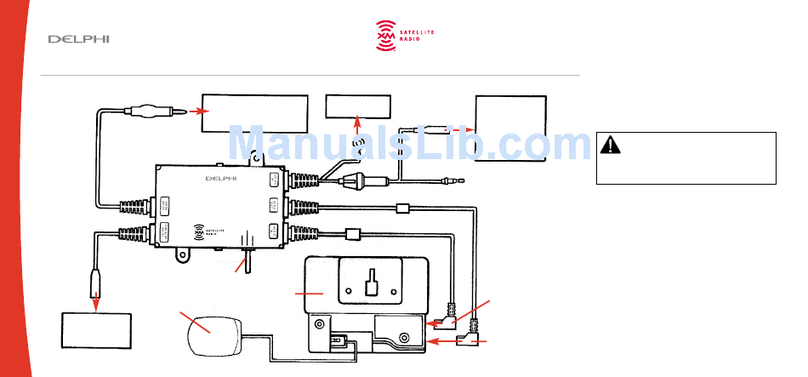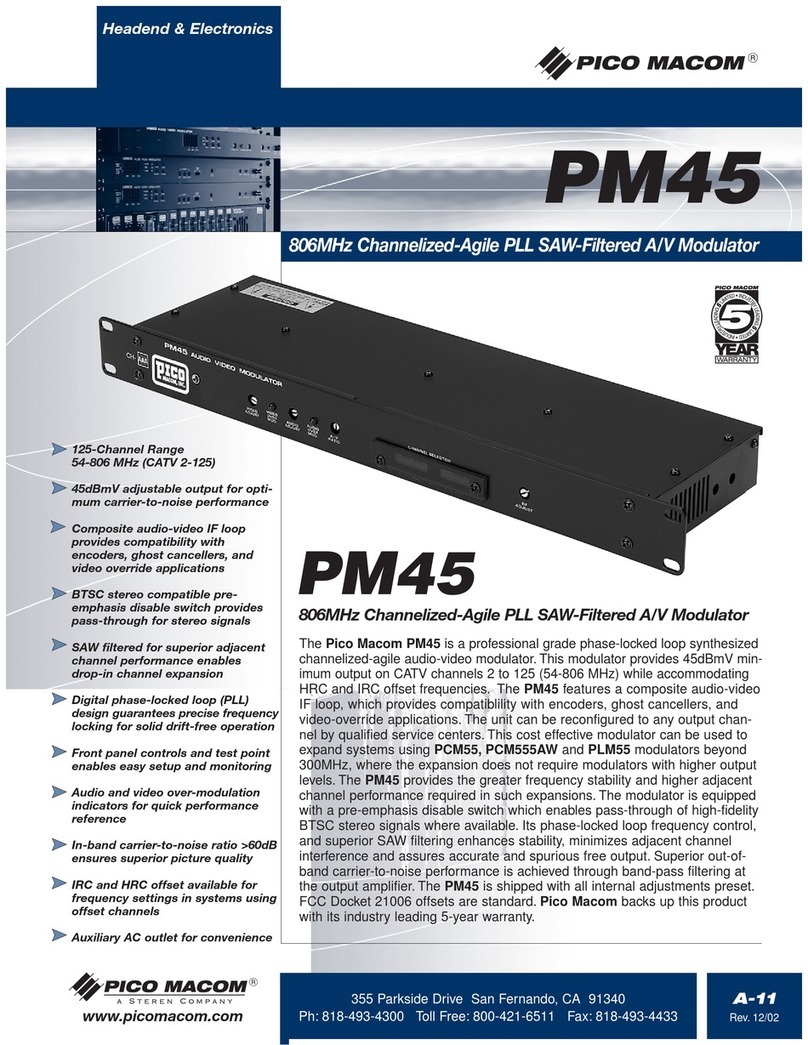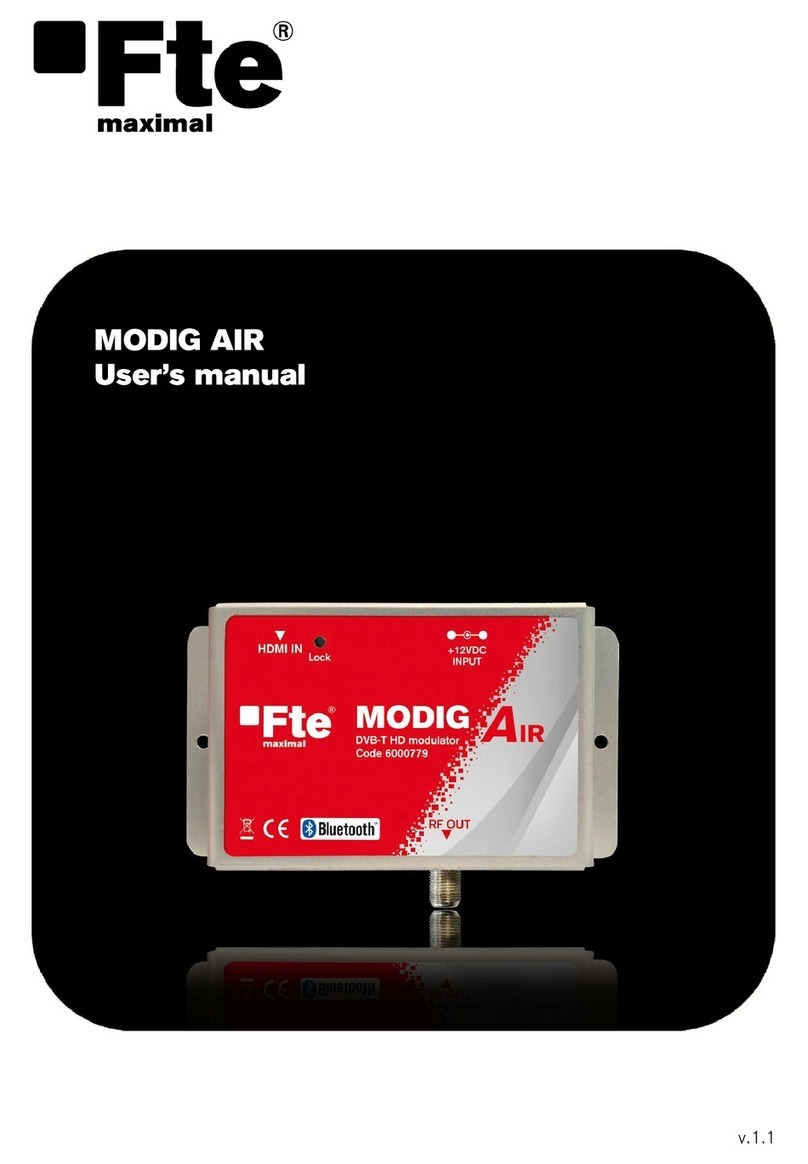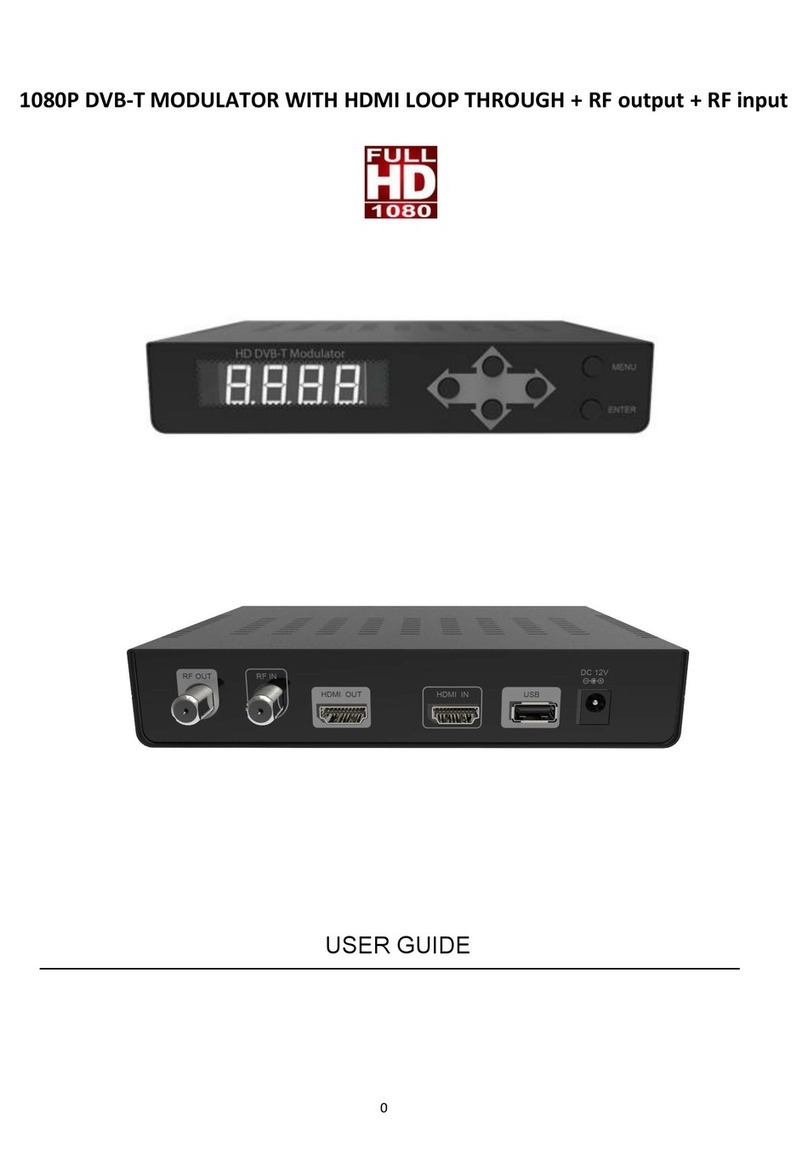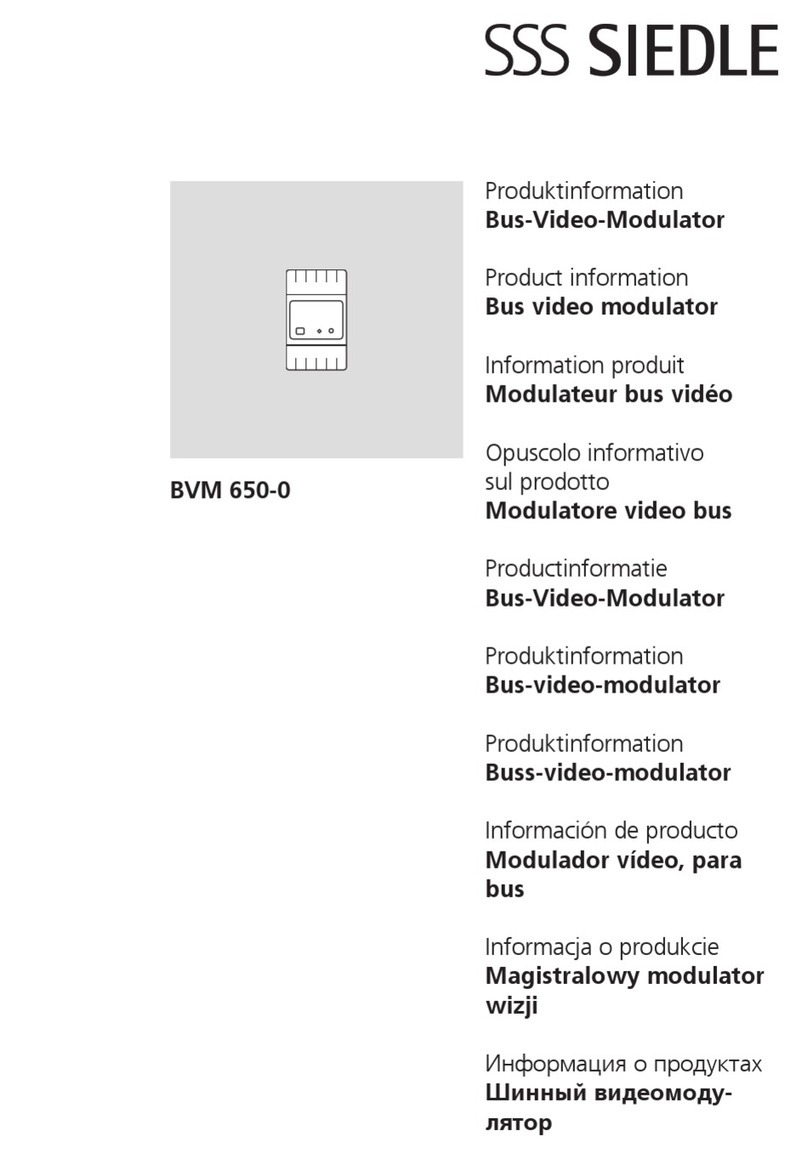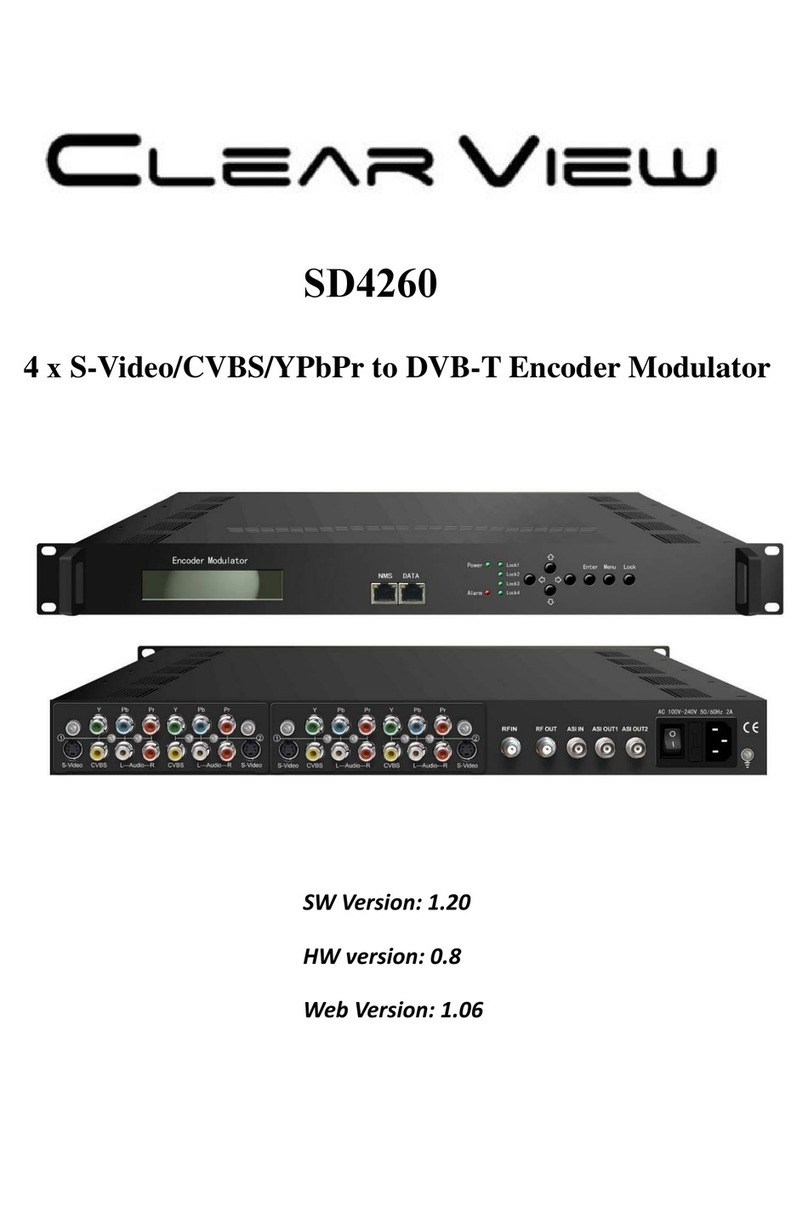- 2 - HDTV 1000 ASI LAN / HDTV 1001 C
Contents
1 Safety regulations.....................................................................................................4
2 General information .................................................................................................4
2.1 Packing contents..........................................................................................4
2.2 Meaning of the symbols used........................................................................5
2.3 Technical data.............................................................................................5
2.4 Description .................................................................................................6
2.4.1 Input signal path “INROUTE” ..............................................................6
Menu setting “A+ASI = 1 B+ASI = 2”................................................6
Menu setting “A+B+ASI = 1 ASI = 2”................................................6
Menu setting “A+ASI = 1 A+ASI = 2” ...............................................7
2.4.2 Output signal path “OUTROUTE” ........................................................7
Menu setting “ASI => ASI” .................................................................7
Menu setting “1 => ASI ASI => MA”.................................................7
Menu setting “2 => ASI ASI => MB” .................................................8
2.4.3 General ...........................................................................................8
2.6 How the TPS module works...........................................................................9
2.7 Explanation of the term “symbol rate” ..........................................................10
3 Assembly ...............................................................................................................11
3.1 Installing the cassette..................................................................................11
3.2 EMC regulations........................................................................................11
3.3 Connecting the cassette..............................................................................12
3.4 Retrofitting a CA module ............................................................................13
4 The control panel at a glance ..................................................................................14
4.1 Menu items...............................................................................................14
4.2 Control panel............................................................................................14
5 Programming .........................................................................................................15
5.1 Preparation...............................................................................................15
5.2
Notes on level setting.................................................................................15
5.3 Programming procedure.............................................................................16
Channel strips “A” (without CA module) and “B”...........................................16
Channel strip “A” with CA module ..............................................................19
5.4 Programming the cassette ..........................................................................20
Selecting the cassette .................................................................................20
Selecting the input signal path.....................................................................21
Selecting the output signal path ...................................................................21
Setting the ASI transfer rate.........................................................................22
Setting the ASI options ...............................................................................22
Selecting the channel strip ..........................................................................23
Selecting channel / frequency setting...........................................................23
Setting the output channel...........................................................................24
Setting the output frequency ........................................................................24
Switching the modulator off or on ................................................................25
Adjusting the output levels of the channel strips .............................................25

